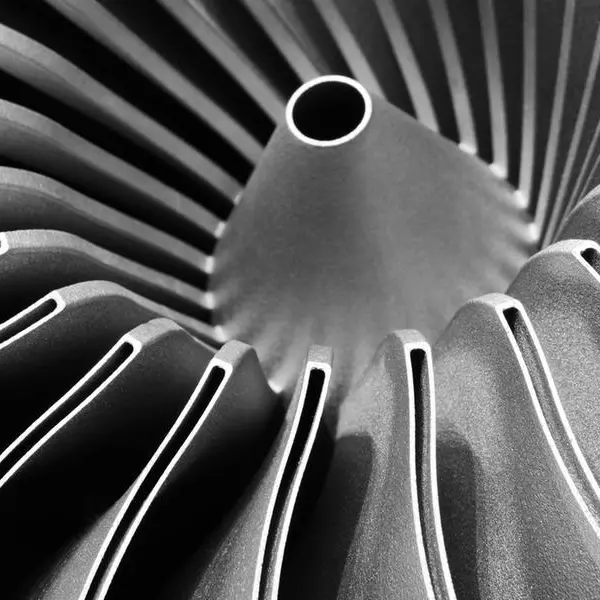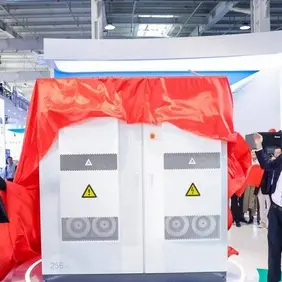Leading hospitals already using regenerative medicine approach for skin grafts; regeneration of relatively less complex tubular organs to be introduced soon
Regeneration to facilitate quicker clinical trials on human cells and help overcome high cost of drug testing
Regulatory process poses significant obstacles in delivering regenerative medicine technology
Dubai-UAE: 10 February, 2016
"Only 10 percent of all drugs that go to clinical trials get through the process, at a high cost of over US$1.5 billion per drug that is tested. This is due to the higher chances of inaccuracy if drugs are tested on tissue culture and rodents. Through the US$24 million 'Lab in a Chip' programme, 3D printing technology is using patients' cells, reproducing them to help study how the cells and organs of real patients respond to the drugs," said Dr. Anthony Atala, W.H. Boyce Professor and Director of the Wake Forest Institute for Regenerative Medicine, and Chair of the Department of Urology at Wake Forest School of Medicine in North Carolina.
In his talk titled 'What Comes after 3D Printing Body Parts?' on day three of the World Government Summit 2016, Atala shared fascinating insights and updates about research that is supporting the convergence of 3D printing technology with regenerative medicine to help scale the process, reduce cost significantly and deliver futuristic solutions to complex problems ranging from congenital absence of organs to the healing of damaged body parts.
Regenerative medicine uses a defined process to create scaffolds for the organ to be regenerated using surgical materials that eventually dissolve in the body, coat them with cells, and incubate the cells to allow for regeneration to be completed, before inserting the organ into the body of the recipient.
This process has been used to successfully regenerate skin cells in human beings and is now readily available in leading hospitals around the world. Owing to the relatively low complexity, flat structures such as skin that have only one cell type are easier to regenerate. Clinical trials have also been successful with tubular hollow structures such as blood vessels and non-tubular hollow organs such as bladder and stomach.
Human testing of the regenerative medicine approach to build solid organs such as the heart and the stomach, which is the fourth and most complex type of organ is on the horizon. 3D printing technology is integral to this process in creating scaffolds, and building organs one block at a time so as to recreate a complex network of channels, to replicate the architecture of blood vessels which lend structural rigidity for the organs to function normally in the long term.
Advanced technology currently being tested will bring 3D printers to the patients' bedside; scanners will scan the wound and assess the damage to the affected area before the printer prints using the right cell type in the right place, with extreme precision.
Atala brought perspective to the relative cost saving that 3D printing will bring to the healing process through citing the example of regenerative medicine in the treatment of kidney failure. He highlighted that in comparison to the annual cost of dialysis which is estimated at US$250,000, 3D printing could help regenerate the kidney using the patient's cells, eliminating the likelihood of organ rejection and time spent in pursuit of a donor, at a one-time cost of US$100,000.
In his concluding remarks, he spoke about the lengthy and expensive regulatory process that presents significant obstacles in the adoption of this technology and estimates that it will take up to 15 years, after a successful clinical trial for each stage of the regenerative medicine technology to be made accessible to patients.
The World Government Summit has convened over 3,000 personalities from 125 countries. The summit concludes today (February 10) at the Madinat Jumeirah in Dubai.
-Ends-
© Press Release 2016










